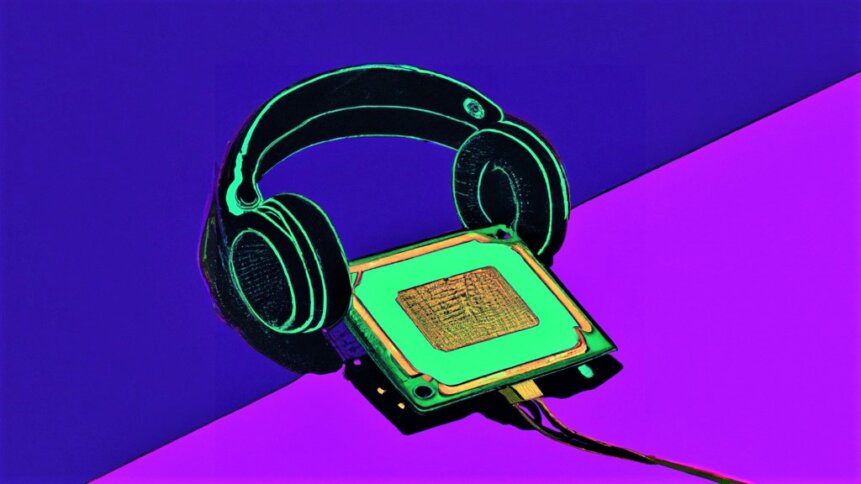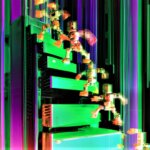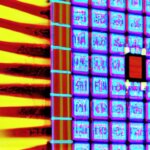Noise-canceling headphones inspire quantum computer upgrade

When commentators talk about today’s quantum computers, they are typically referring to a class of machines known as noisy intermediate-scale quantum (NISQ) computers. The success of NISQ devices is highly dependent on error-correction schemes necessary to compensate for environmental effects that would otherwise throw quantum-based computations off-track. And much like noise-canceling headphones bring peace and quiet to wearers, a similar approach could benefit quantum computers too.
Appetite for quantum computing services is growing from industrial customers as machines are proving to be useful in tackling logistical problems that would take a long time to solve on classical machines. For example, quantum computers have been used to streamline the collection and loading of cargo onto trucks at major international ports. And quantum algorithms have helped large food retailers to manage their operations more efficiently.
But currently, it takes many noisy qubits (the building blocks of quantum computers – analogous in some ways to classical bits, but with additional special properties) to create a so-called logical qubit. And it’s these logical qubits that allow users such as port authorities and major supermarkets to generate meaningful solutions to industrially relevant problems.
How do noise-canceling headphones help?
Having more logical qubits allows users to tackle larger and more complex business scenarios, as well as investigate advanced materials, explore new drug designs, and dig deeper into the many applications of quantum computers. And there are a variety of error correction schemes that have been designed to suppress quantum errors. But as Google’s Quantum AI team points out, while increasing the number of physical qubits enhances protection against physical errors, the approach also potentially introduces more error sources.
In Google’s case, the group was encouraged by results gathered from its 72-qubit Sycamore device, where 25-qubits were used for data purposes and 24-qubits were used for measurement to enable error compensation. It’s early days, but the scheme points to the possibility of being able to scale quantum error-correcting code – a foundation for building fault-tolerant quantum computers.
Many other groups are working on the problem too, including researchers at the University of Chicago’s Pritzker School of Molecular Engineering (PME). According to results published in Science, the team has developed a new method to constantly monitor the noise around a quantum system and adjust the qubits, in real-time, to minimize error.
To understand how the researchers tackle the problem of compensating for the environmental disturbances affecting qubits, it’s useful to consider how noise-canceling headphones work. In the case of noise-canceling headphones, devices feature microphones that monitor background noise and use that information to subtract unwanted sounds from the audio being played to users.
In the case of the researchers’ quantum computing setup, so-called ‘spectator’ qubits represent the microphones and data qubits can be likened to the audio that’s playing, or the information that’s useful to preserve. And the layout is designed as two interleaved arrays – a 10 x 10 grid of spectator qubits, which sits inside a larger 11 x 11 arrangement of data qubits.
Noise-canceling headphones help to picture how the arrangement works in the lab, at least at a high level. In reality though, the setup is complex – featuring atoms that are suspended using optical tweezers built using lasers. Dubbed a hybrid atomic quantum processor, the design uses rubidium atoms to carry out data operations, with cesium atoms acting as spectator bits that record changing environmental conditions.
“It’s a very daunting and difficult task to try to correct the errors within a quantum system,” said Hannes Bernien, who led the research. “[But] with this approach, we can very robustly improve the quality of the data qubits.” And Bernien sees this noise-canceling headphones type of arrangement as being very important for advancing quantum computing and quantum simulation.
Quantum challenges
What makes the task so challenging is that the error correction protocol relies on being able to read out information from the spectator mid-circuit without affecting coherence between data qubits. The success of quantum computation goes hand in hand with having qubits interfere with each other – a property that enables quantum devices to consider multiple solutions to a problem in parallel and arrive at the most likely solution thanks to physics.
Naturally, anything that affects those qubits will impact the physics and – without correction and compensation – could change the outcome of the end result. Also, as soon as a measurement is made, the quantum state is destroyed. But Bernien and his team have shown that they can rapidly sample the noise information gathered by the cesium atoms to compensate for the environmental effects impacting the data processing rubidium-based qubits.
To test the setup, the group exposed the quantum chip to magnetic noise and demonstrated that they could perform error correction in real-time. And this is just the beginning. “We have exciting ideas on how to improve the sensitivity of this system by a large factor, but it’s going to take more work to get it implemented,” said Bernien.









